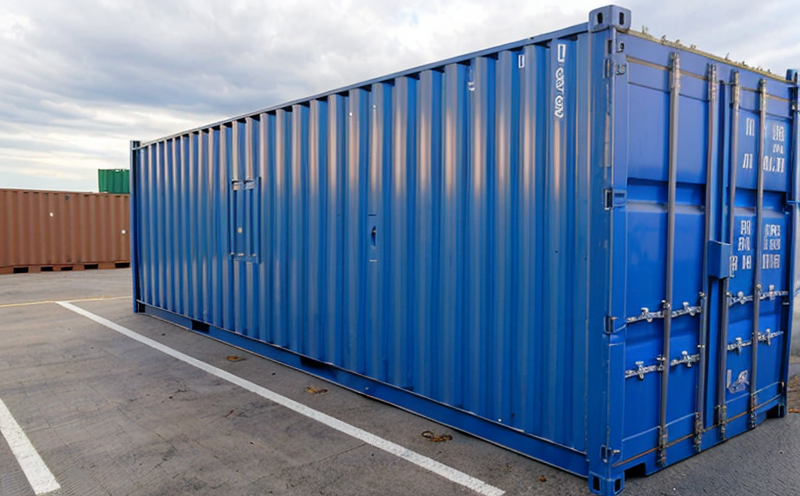ASTM D543 Resistance to Chemicals Testing of Plastic Storage Containers
The ASTM D543 test method is a critical tool in the evaluation of plastic materials used for storage containers. This testing ensures that the plastics can withstand exposure to various chemicals without degrading, which is essential for maintaining product integrity and safety.
During ASTM D543 testing, specimens are subjected to immersion in different chemical solutions for varying durations. The primary goal is to observe any changes in physical properties such as color change, loss of weight, or dimensional stability. This test is particularly important for industries that rely on plastic containers for the storage and transport of chemicals.
The ASTM D543 standard provides a standardized procedure for testing the resistance of plastics to chemical attack, ensuring that materials used in packaging are suitable for their intended applications. Compliance with this standard helps manufacturers ensure product quality and safety, thereby protecting consumers from potential hazards associated with compromised plastic containers.
For proper ASTM D543 testing, careful preparation of specimens is crucial. This includes selecting appropriate dimensions based on the specific container design and ensuring that the test conditions are strictly adhered to as per the standard's requirements. The choice of chemicals used in the immersion process should also be carefully considered, taking into account the expected environmental conditions.
The ASTM D543 test method is widely recognized for its reliability and accuracy in evaluating plastic materials. It is applicable not only to storage containers but also to other plastic products that may come into contact with chemicals during their lifecycle. By adhering to this standard, manufacturers can ensure that their products meet regulatory requirements and industry expectations.
The ASTM D543 test results provide valuable insights into the chemical resistance of plastics, enabling informed decisions about material selection and process optimization. This information is invaluable for quality managers, compliance officers, R&D engineers, and procurement teams who are responsible for ensuring product safety and regulatory compliance.
Why It Matters
The ASTM D543 test method is crucial for ensuring the integrity and safety of plastic storage containers used in various industries. By testing the resistance of these materials to chemical exposure, manufacturers can prevent potential risks associated with compromised product quality.
- Prevents contamination of stored chemicals
- Avoids degradation leading to leaks or spills
- Ensures compliance with regulatory standards
Chemicals can be highly reactive, and any compromise in the plastic container's integrity could lead to significant safety hazards. ASTM D543 testing helps identify materials that are reliable under chemical exposure conditions, thereby safeguarding both the environment and human health.
Applied Standards
The ASTM D543 test method is part of a broader set of standards aimed at ensuring the quality and safety of plastic materials. These include:
- ASTM D1708-18: Standard Practice for Rubberlike Elastomer Specimens
- ISO 6502:2014: Plastics — Determination of tensile properties at elevated temperatures and in tension-compression alternation
The ASTM D543 test is specifically focused on evaluating the resistance to chemical attack, which aligns with broader efforts to improve material performance across various applications.
Industry Applications
| Industry Sector | Application |
|---|---|
| Pharmaceuticals | Testing containers for drug storage and transport |
| Petrochemicals | Evaluating tank liners and pipework integrity |
| Agriculture | Safety checks for pesticide storage containers |
| Food & Beverage | Testing bottles and jars for chemical compatibility |





